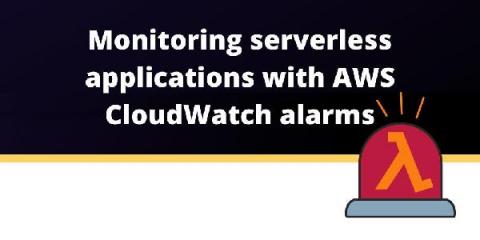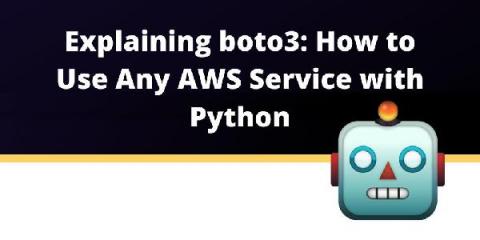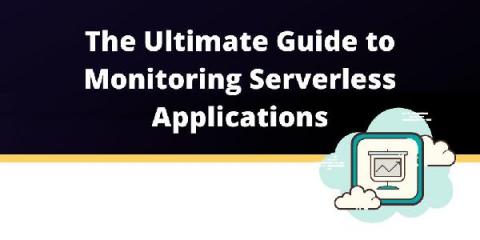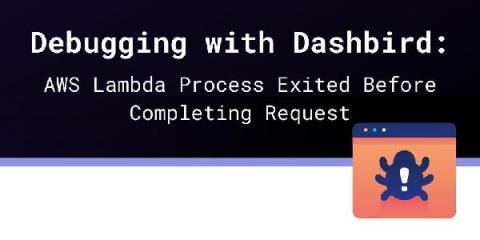Monitoring serverless applications with AWS CloudWatch alarms
Running any application in production assumes reliable monitoring to be in place and serverless applications are no exception. As modern cloud applications get more and more distributed and complex, the challenge of monitoring availability, performance, and cost get increasingly difficult. Unfortunately there isn’t much offered right out of the box from cloud providers.









